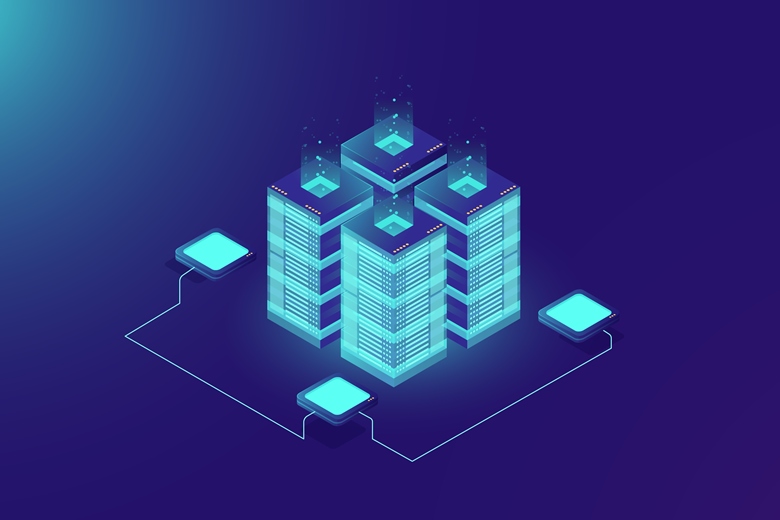The Bitcoin Lightning Network (LN) is viewed as a game-changer! It has helped the well-known cryptocurrency to progress well. It has also enabled a reduction in the costs associated with Bitcoin’s blockchain along with bitcoin evolution. Its designs have enhanced the processing times of Bitcoin-involved transactions.
What is the Bitcoin Lightning Network?
It came into being in 2015. The innovative creators are Joseph Poon and Thaddeus. It was in response to the growing popularity of the Bitcoin blockchain.
The technology involves a shared database. The database possesses a distributed ledger. Therefore, it is possible to view every recorded monetary transaction. The transactions take place on the Bitcoin blockchain network. Thus, they are on-chain transactions.
Increasing traffic prompted the addition of a second layer to the network. It is the Bitcoin Lightning Network (Bitcoin LN). This way, parties may undertake transactions even when off the blockchain. Such transactions are off-chain transactions.
Many investors find it easy to trade cryptocurrencies. However, now, users can exchange Bitcoins via their digital wallets. They need not pay any money for doing so. In other words, the Bitcoin blockchain may process micropayments. Furthermore, there are no delays. Thus, speed is good. There is also an enhancement in the number of transactions per second.
General Challenges Challenging Bitcoin
Bitcoin is susceptible to volatility in global marketplaces. Therefore, both businesses, and consumers, hesitate to use it as a method of payment. They are never sure of when they must pay more/less. Even the Bitcoin Lightning Network attracts fees.
There is the issue of congestion on the blockchain too. Miners/validators are faced with the task of verifying numerous transactions at peak hours. Therefore, deals go through too slowly for customers’ satisfaction. In turn, there is the processing of many transactions simultaneously. It leads to a scalability issue.
The Bitcoin LN hopes to improve processing times, reduce transaction charges, and enhance scalability.
Specific Challenges to the Bitcoin LN
Issues with Transaction Fees Remain Partially Unresolved
Expenses are split into two parts. The first one is a charge that matches Bitcoin’s transaction fees. This enables the opening and closing of channels between two parties. The LN expects a deposit or opening transaction to take place on-chain. The parties can go in for multiple deals. At the end of it all, the record of a closing transaction/bill must go onto the blockchain.
A routing fee is another feature. It is for transferring payments between two channels/nodes. Since it is low, it may not prove the correct incentive for nodes to favor payments. Similarly, businesses favoring Bitcoin LN may initiate charges.
Fear of Thefts and Attacks
Nodes must be online 24 x 7. They must undertake to send and receive payments. Traders utilize private keys to sign in to their online accounts. Sometimes, the computer system with private keys is compromised. Therefore, hackers may steal coins. Nonetheless, there is a solution. It is cold storage of coins. It is the safest method for hoarding digital currencies. The Bitcoin LN provides it.
Even off-chain transactions are risky. Suppose, one party is away. The other may pocket funds by closing the channel. It is called Fraudulent Channel Close. A communication channel must close within a specified period. However, one party may be absent for a long time. Then, the period expires.
Sometimes, attacks take place during traffic congestion. This causes participants to lose their money rapidly. At other times, attackers bring numerous channels into being. They also cause simultaneous expiration. This way, the blockchain feels overwhelmed by congestion. Thus, stealing funds becomes easy.
Impact of Bitcoin’s Volatility
It is possible for investors and traders to opt for payment channels, involving their favorite online store, property owner, etc. They deal with them frequently. The rise in transactions leads to a rise in trading volumes. However, the rise in trading volumes also enhances price fluctuations.
Volatility is barely acceptable to companies wishing to permit Bitcoin payments. Pricing their products for sale becomes a problem. Customers will be unhappy with high pricing. Similarly, purchasing inventory from diverse suppliers becomes a problem. How much can they pay, without incurring losses?
This is exchange risk. Therefore, customers may opt for fiat currencies, leaving Bitcoin alone. Ultimately, the Bitcoin LN may not be able to build scalability.











Post Comment